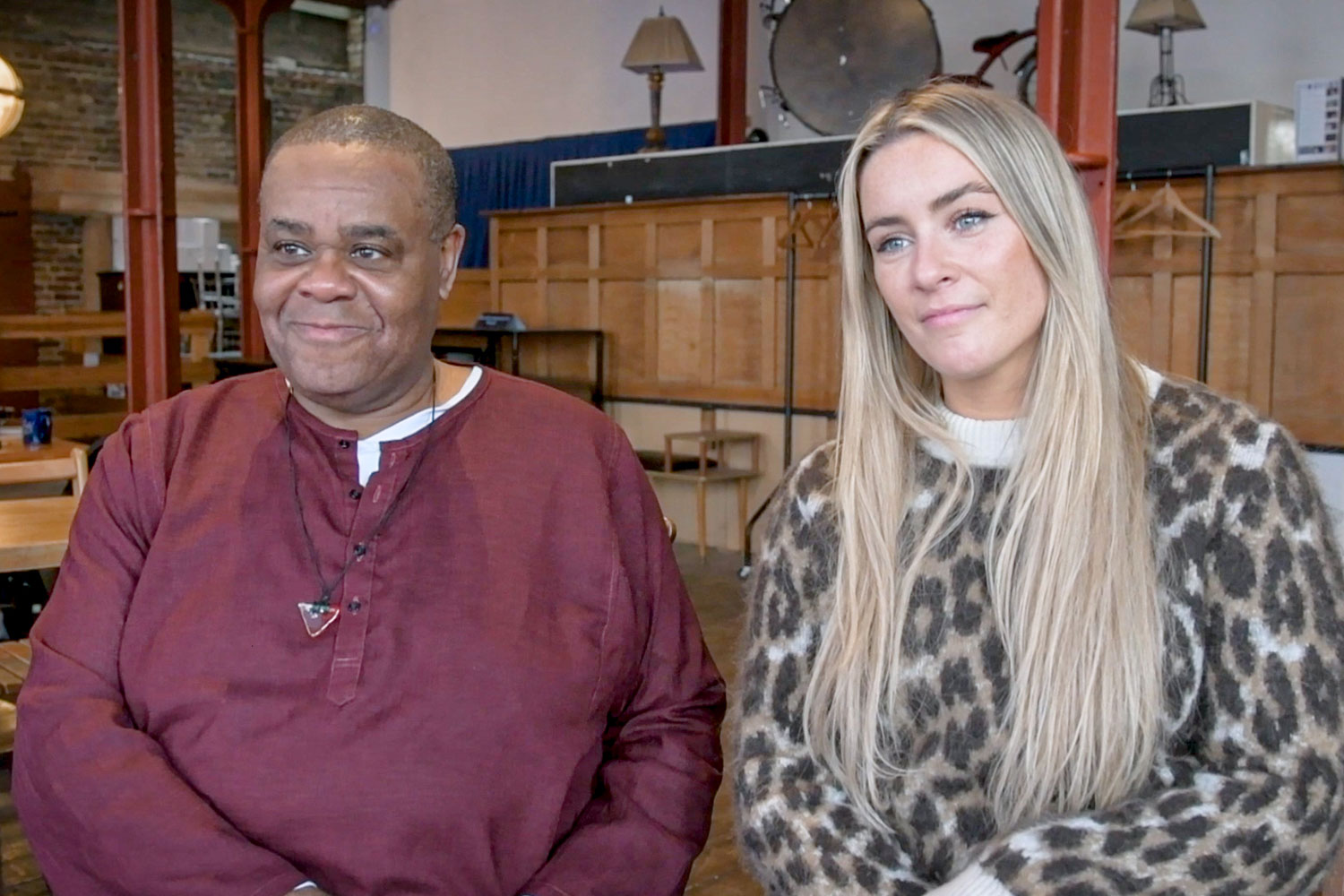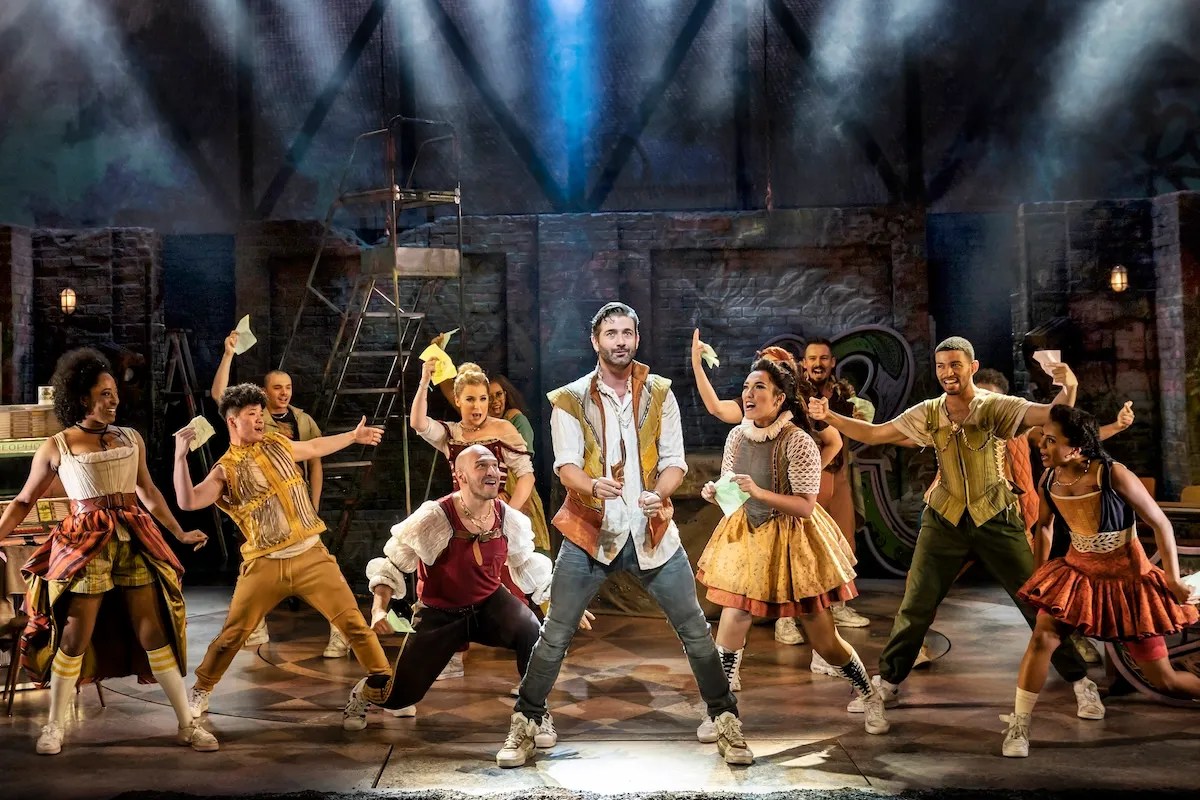Perchance to Dream
In 1945 Ivor Novello’s Perchance to Dream ran for over 1000 performances and was very much of its time. It had a socking great leading role for Ivor himself (non-singing), a whole bevy of pert and beautiful young ladies to swoon at his feet, and two glorious melodies to set the heart racing – “We’ll Gather Lilacs” and “Love is my Reason”. It was sheer escapism and clearly a winning formula.
Nowadays, musical theatre has progressed to the extent that we demand the same density and complexity as in a straight drama. Not for us, now, a lightweight confection with bits of ballet and showpiece songs shoe-horned into a gossamer-thin plot. We are therefore tempted to view this as pure nostalgia for a bygone era – as evidence of how ill-fashioned and twee musical tastes once were – but that is to disregard the essential charm of the genre.
There may be little genuine emotion involved here in this story of romantic love across the generations in a house called ‘Huntersmoon’, but there is charm by the bucketful. For all his balletic nymphettes dressed in white and trilling of lilacs and blue skies, and aristocrats masquerading as French highwaymen, there is something eternally heart-warming and delicious in Novello’s uncomplicated approach. Twice the wrong people fall absurdly in love literally at first sight, because that is what is expected in stories like this, and Novello was too canny not to give his audiences exactly what they wanted.
One could quibble with the musical direction of the show. Too often one senses that the fine voices on display here are too accustomed to belting out show tunes with head mics, and that the production (by Max Pappenheim) loses faith in itself and slips into caricature, but there is also much to savour.
Annabel Leventon shows how it ought to be done and is wickedly funny as Lady Charlotte – “Miss Connors has an exaggerated sense of humour. She was dropped as a child.” – and Kelly Price as Lydia has a clarity of voice and a natural beauty that chime perfectly with the period style.
A bit of a curiosity, perhaps, but enchanting nevertheless.
– Giles Cole










